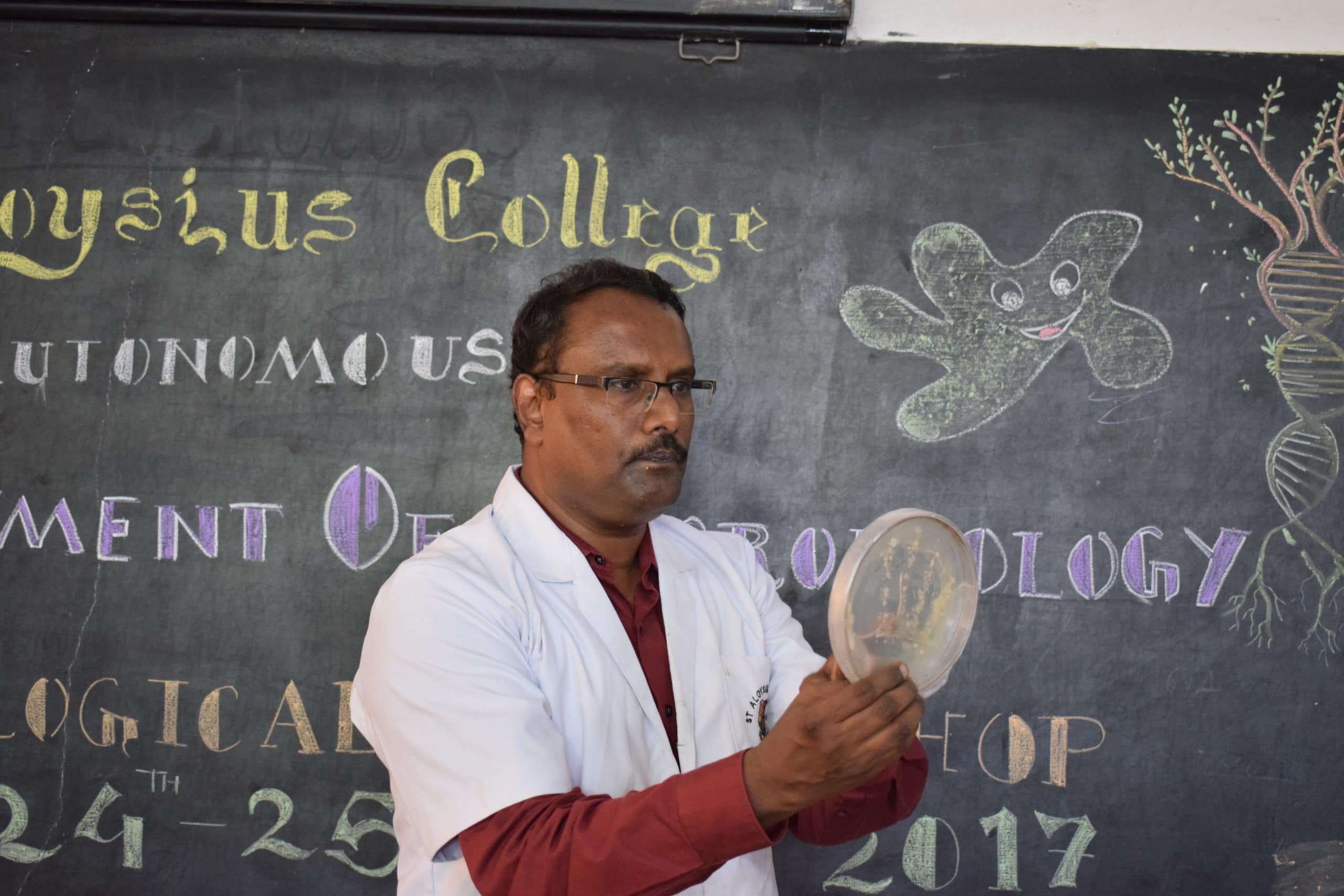23099 BASIC CONCEPTS OF FOOD MICROBIOLOGY

About Course
- Certificate Course in Food Microbiology –G509.C1
Preamble
Certificate Course in “Food Microbiology” include topics to understand and practice food safety measures at homes, restaurants and hostels.
The course is designed to provide with the background necessary to understand, how microorganisms cause spoilage of food, how pathogens cause disease, how food borne illness is transmitted and how it can be controlled. This course also provides information about food adulteration and their detection, and including food safety regulations emerging food safety issues. “Food Safety ” course is developed with the educational needs of biological science students; however, considering industry demand for university-level graduates trained in sanitation procedures, this course may also be offered to undergraduates in science with chemistry as optional.
Course Objective:
This course will focus on basic microbiology concepts and their application to food safety. At the completion of this course, students will be aware of fundamental microbiological concepts, factors affecting microbial growth, sources of microbes in foods, mechanisms of bacterial transmission and food adulteration and their detection. Students will also learn about food borne illness and important pathogens including viral agents. Students will learn about government food safety agencies, regulation, and policy. Finally, students will be familiar with recent topics associated with food safety including ready-to-eat (RTE) foods, minimally processed foods, and emerging food safety challenges. The goal of the course is to provide students with essential knowledge of the dynamics of pathogenic microorganisms and the environment in which they exist and interact.
Level of Learning: Moderate
Duration: 12 weeks (3 months)
Total marks: 50
Total Credits: 2
Total Teaching hours 30 hours .
Course Outline-Syllabus
Unit I
Food as a substrate for micro organisms -. Micro organisms important in food microbiology; Molds, yeasts and bacteria – General Characteristics – Classification and importance. Principles of food preservation – Asepsis – Removal of micro organisms, anaerobic conditions – High temperature – Low temperature – Drying – Food additives.
10 hours
Unit II
Contamination and spoilage – Cereals, sugar products, vegetables and fruits, meat and meat products, milk and milk products – Fish and sea food – Poultry, Spoilage of canned foods.
10 hours
Unit III
Food borne infections and intoxications – bacterial, non -bacterial – Food borne disease outbreaks – Food control. Mycotoxins.
10 hours.
Books for further study:
1.Modern Food Microbiology , James.M.Jay,Springer,7th Ed,2005F
2.Food Microbiology 4e ,Frazier, W.C, Tata McGraw-Hill Education,4th Ed,2008M
3.Microbiology 5E, Peizar and Reid. 1986. Tata McGraw-Hill Education,5th Ed,1993M
4.Microbiology, Prescott, L.M.; J.P. Harley and D.A.Klein, McGraw-HillInternatinal Edition,7th Ed, 2008.
Course Content
1.Food as a substrate for growth of Microorganisms.
-
Presentation-1.Food as a Substrate for growth of microorganisms.
00:00
2.PRIMARY SOURCES OF MICROORGANISMS FOUND IN FOODS
3.Principles of Food Spoilage
4.Principles of Food Preservation
5.Preservation by Low Temperature
6.Preservation by High Temperature
7.Preservation by Additives
8.UNIT-II-CONTAMINATION AND SPOILAGE OF FRUITS AND VEGETABLES
9.UNIT-II-CONTAMINATION AND SPOILAGE OF MEAT
10.UNIT-II-CONTAMINATION AND SPOILAGE OF FISH
ASSIGNMENT -NO:1
Test
11.UNIT-3-FOOD INFECTIONS
12.UNIT-3-MYCOTOXINS
TEST-2
ASSIGNMENT-2
ASSIGNMENT-3
Student Ratings & Reviews


